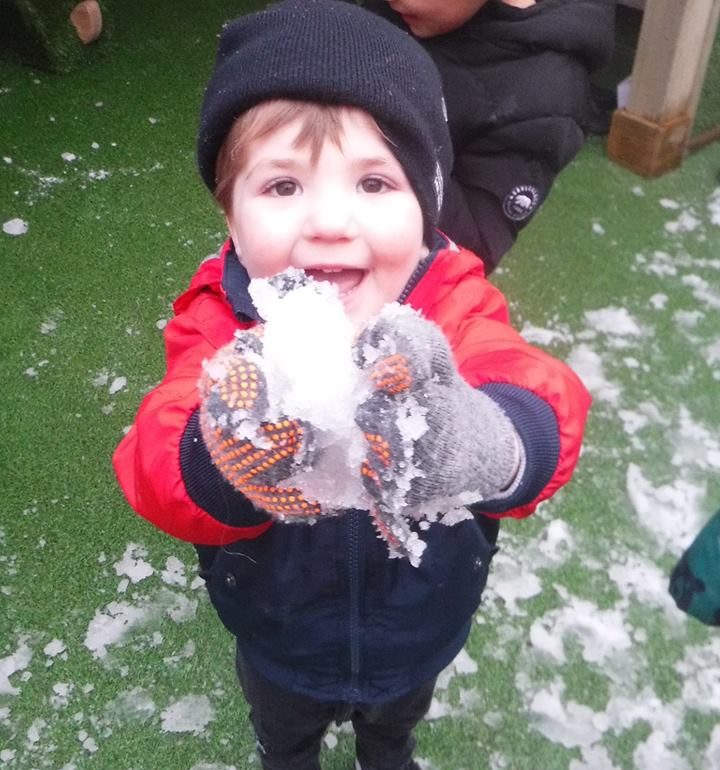We are recruiting for Level 3 qualified Early Years Educators! Find out more here
Playing Outside in Winter

Share article:
During the winter months it is very common for children’s outdoor play time to be reduced compared to the warmer months. Often this is due to the perception that playing outside in the winter may be more dangerous and children will pick up illnesses due to exposure to the cold weather.
These myths are untrue, and at Boys & Girls Nursery we believe that children learn through play and cold, wet and windy conditions doesn’t mean that you have to play indoors. We are firm advocates that winter play boosts children’s health, development and well-being as long as they are dressed appropriately. Here are a few benefits to playing outside in the colder months:
1. Children get to see the outdoors through a new lens
During the change in seasons children get to view their environment through a new lens; fallen leaves, not so green grass, snow and ice. They get to see the outdoors differently allowing them to be creative, explore and play in different ways.
2. Vitamin exposure
Staying indoors not only means we are missing out on play but also Vitamin D exposure. Children get Vitamin D through sun exposure which is still absorbed during the winter months. Vitamin D helps improve your mood, gives a positive mental attitude, is good for your bones and boosts your immune system.
3. Getting fresh air and avoiding the bugs
Most of us associate the dark cold winter months with getting colds and bugs. However, it’s not cold weather that causes these illnesses; but increased exposure to the indoors where bacteria and viruses fester in the warmer conditions. Getting out in the fresh air helps to bypass these germs and stop them spreading.
4. New environments and problem-solving
The outdoor environment in the winter provides children with lots of fun such as puddle splashing, ice patches and snowy hills! A great time for new challenges and opportunities. It also triggers children to use their problem-solving skills ‘how quick can I fill this bucket with rain’ or ‘how far can I push my truck across the ice’.
5. Increase in physical activity
The colder winter months provide children with different ways of staying active – walking through the snow, carrying rain water, navigating puddles. The outdoors provides a challenging environment and the increase in physical activity supports children’s gross motor development.

